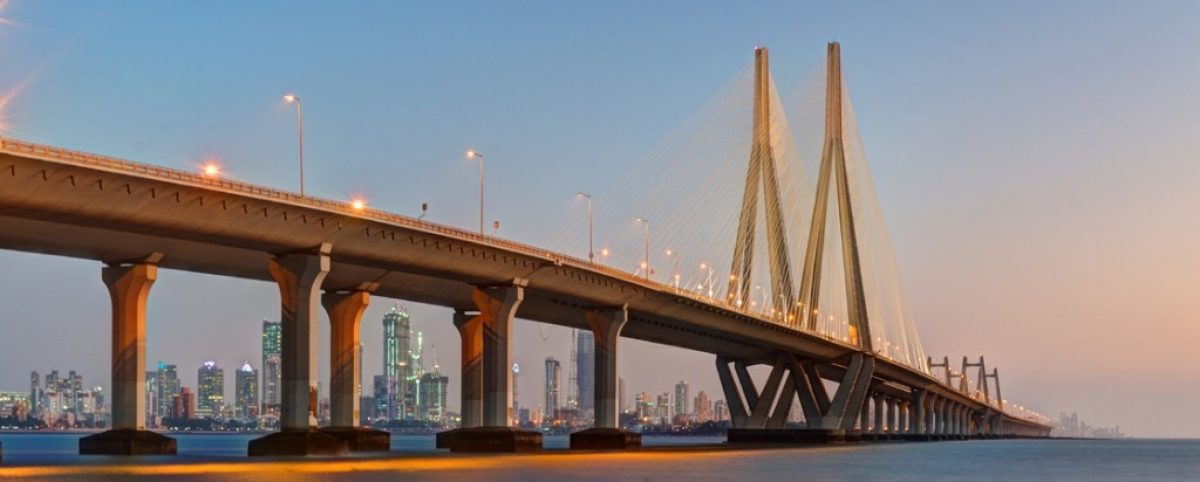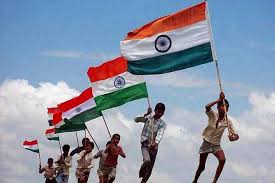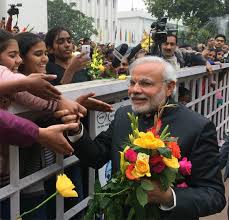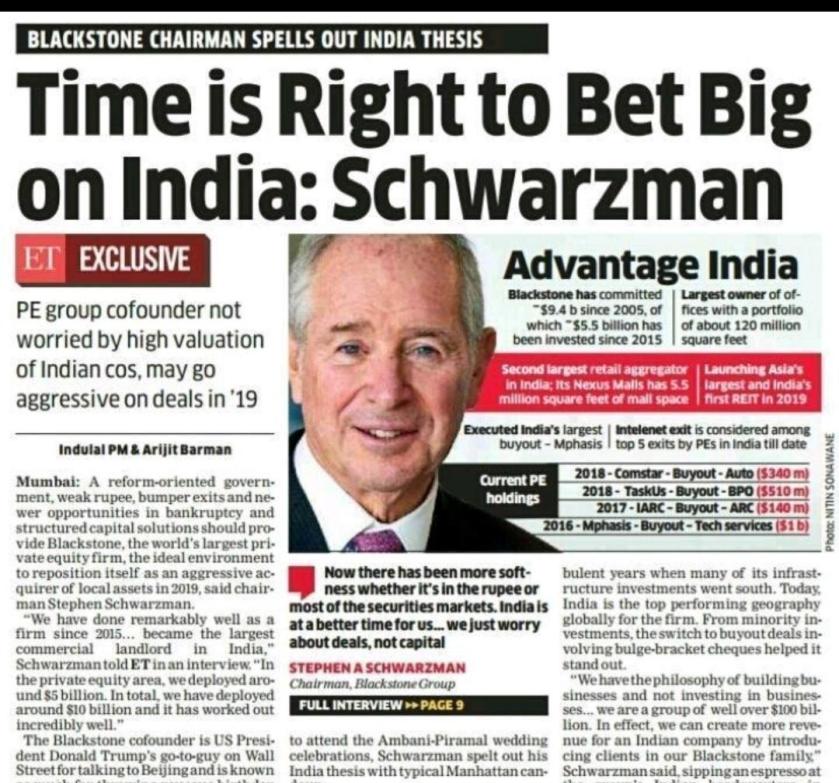- Prepare for Culture Shock
For most of us, our first one or two trips to India is a culture shock. Chaos, arguments, the challenge of crossing the road, cattle in cities, people everywhere, sights and smells you have never experienced, the sounds of the Hindu temple or the Muslim call to prayer, clothing, facial decorations – most of these arise from an ancient tradition which you will grow to love. But, take your time. This culture shock is more than superficial – prepare for your inner being and values to be challenged by a different way of life and way of thinking about life. With an open heart and open mind, you will learn fast. But if you make early judgements, you will probably never get to know India.
India is also a land of non-conformity where great value is placed on difference and heritage. An Indian might continue to wear the clothing of their place of origin, even though they are living and working successfully in a major city. Unlike the west, your Indian host might want to know about your belief in God, your approach to diet or your family values.
- Stop Stereotyping
India will not work for you if you bring along your prejudices and stereotyping. Yes, you will see extremes of wealth or poverty – but balance this with the massive achievement of the last 20 years or so when millions have been lifted out of poverty. When meeting with your Indian hosts, it is insensitive to talk about the massive slum you drove past to get to the meeting. Yes, you will see men holding hands and women holding hands, but this does not necessarily mean they are gay – hand holding among the same sex is a simple sign of friendship. Yes, someone is bound to say “yes” when they cannot actually do what they said “yes” to – this is not being deceptive it is just a culture when saying “no” is almost forbidden. Going with an open mind is a key step to success.
- Be flexible about your daily schedule
India is not a 9-5 place, it is more a 24/7 place. Meetings can happen anywhere and anytime, on any day of the week. The line between working life and family life is very thin and the two often merge. We used to say the Indian business day started late and finishes very late – but now most actually start early. Breakfast and dinner meetings are a regular part of getting to know you and prepare for these to go on a bit – breakfast can roll on to 10am and dinner might not even start until 9pm.
On top of the 24/7 approach, Indians will change your appointment at very short notice – sometimes as little as 15 minutes. You just have to expect the unexpected. For example, your one-hour meeting might go for two, and then the person you are meeting with decides to introduce you to the CEO – don’t rush off, you have made a good beginning!
All of this means if you are not a patient person, India might not be for you. Being flexible and adaptable are actually signs your Indian counterpart will be looking for – once they know you are easy to work with, things can progress.
- Be Diplomatic and more Formal
Indian society is collective and hierarchical, so it runs with a real focus on formality and politeness in every situation. Formality should last a long time in your relationship, and my guess is only after meeting three or four times should you be informal and relaxed in your manner. This formality can apply to clothing – your host might wear relaxed and comfortable hot weather clothing but you are probably best to be more formal. Addressing someone by their first name is just no-go territory and terms like Sir and Madam are often used – in parts of Indian culture addressing a person by their name is less polite than using these terms.
Indians are diplomatic and therefore are indirect in their approach to communication – maintaining face and relationships is the key so the best answer is given for those purposes rather than addressing the facts at hand. Any bad news will be approached in a very circuitous way, so you might not even realise you have received bad news.
Indians genuinely struggle to say “no”, so “yes” is their default answer. You will need to learn the art of asking open questions where a yes or no cannot be used. I have been offered very specific but totally wrong directions in India – again, the focus is on satisfying the relationship rather than finding the facts.
- Be Personal and Drink Tea
Indians are very much into people, they want to like you and hope you will share your personal life with them, so be prepared to talk to someone you have just met about your family, dreams and your diet. Sharing personal information is highly valued, so be prepared to open up.
Sharing a cup of tea is also important – symbolic even. This is a tea-loving country so get used to it. The tea at business and government meetings will be a milky and often sweet substance – just drink it. For Indians, this is all about building the relationship, being a kind host and getting to know you.
















